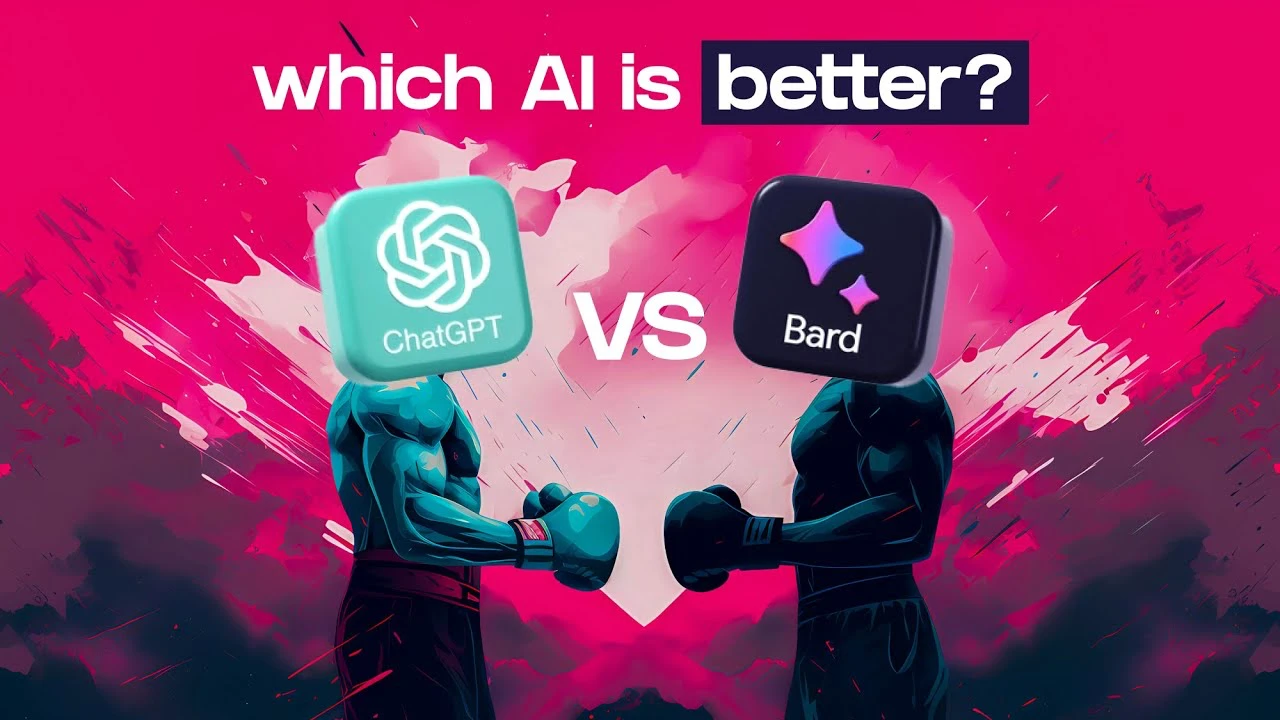
In the rapidly evolving realm of generative AI, the introduction of advanced chatbots like ChatGPT and Google Bard has revolutionized our approach to work and life. These tools have ushered in a new era of productivity, knowledge access, and personalization, transforming the way we interact with digital technology. If you’re navigating the landscape of AI-powered chatbots, understanding the nuances between ChatGPT and Google Bard is crucial. This article delves into their features, strengths, and weaknesses, offering insights to help you decide which tool aligns with your needs.
ChatGPT: A Closer Look
Launched by OpenAI in November 2022, ChatGPT swiftly captured the tech world’s attention, amassing over 100 million users shortly after its release. It stands out for its reliance on GPT-3 or GPT-4 for those with a subscription, trained on a vast array of data sources including Common Crawl, Wikipedia, and various internet content. This enables ChatGPT to deliver responses that are not only quick but also deeply human-like in their articulation, covering a wide range of topics in more than 20 languages. For those who code, ChatGPT offers programming assistance across several languages, including Python, JavaScript, and Java. It also comes with a mobile app and supports integration with numerous other tools, enhancing its utility.
However, ChatGPT is not without its drawbacks. Its knowledge is capped at the last training cut-off in January 2022, which might limit the relevance of its data. Some users find its responses overly detailed, potentially overwhelming when seeking succinct information. Additionally, the accuracy of numerical data can be hit or miss, necessitating occasional fact-checking.
Google Bard: A Different Approach
Introduced in March 2023, Google Bard is powered by Google’s Pathways Language Model (PaLM 2) and boasts unique features like real-time internet search capabilities. This feature is particularly beneficial for obtaining the most current information. Google Bard’s interface is designed to be user-friendly, offering alternate response options and the ability to listen to responses, enhancing its accessibility. It supports direct sharing and exporting of responses to Google Docs or Gmail, and it can provide image responses, extracting text from images using OCR technology.
Despite its innovative offerings, Google Bard has its limitations. It tends to be less verbose than ChatGPT, which could restrict the depth of its responses. Compared to ChatGPT, Bard supports fewer languages and sometimes struggles with maintaining conversation context, requiring users to rephrase or restart prompts.
Choosing Between ChatGPT and Google Bard
The decision between ChatGPT and Google Bard depends on your specific requirements. If you value depth and detail in responses, or need support in multiple languages, ChatGPT could be the ideal choice. On the other hand, Google Bard’s real-time search capability and user-friendly interface make it a strong candidate for verifying content validity and accessing up-to-date information.
Both ChatGPT and Google Bard are formidable tools in their own right, each with unique advantages and limitations. Whether you’re looking for a chatbot to aid in brainstorming and content generation or to verify information and reference additional resources, understanding these nuances will guide you to the right choice for your needs.
Navigating the AI-powered chatbot landscape requires a nuanced understanding of each tool’s capabilities. By considering your specific needs—whether it’s for depth and detail, language support, or current information—you can make an informed decision between ChatGPT and Google Bard. Remember, the best tool for you is the one that best aligns with your personal or professional requirements, offering the features and functionalities that meet your criteria.
Source & Image Credit: Evertrove AI
Filed Under: Guides
Latest timeswonderful Deals
Disclosure: Some of our articles include affiliate links. If you buy something through one of these links, timeswonderful may earn an affiliate commission. Learn about our Disclosure Policy.

